February 11, 2015 marks five years in space for NASA's Solar Dynamics Observatory, which provides incredibly detailed images of the whole sun 24 hours a day....
Get Started for FREE
Sign up with Facebook Sign up with X
I don't have a Facebook or a X account
 Your new post is loading... Your new post is loading...
 Your new post is loading... Your new post is loading...

Ness Crouch's curator insight,
March 29, 2014 5:13 PM
These motion infographics look interesting. I wonder if I can find content for my class? 
Jeongbae Kong Enanum's curator insight,
August 16, 2014 9:48 AM
Won Ho :<생각이 깊은 교수님의 글이라서 연구해봐야겠다.> Why should the video watching previous to in-class? The core is quality video access and intensive in-class interaction. The lecture can't complete with these superb ones. 꼭 뒤집어야만 하는가? 내게 플립러닝의 핵심은 수준 높은 비디오와 강력한 상호작용이다. 순서와 방식은 여러 가지가 가능하다. 선생님이 개념 설명 행위는 여기 비디오를 보면 조만간 사라질 게 당연해 보인다.

María Dolores Díaz Noguera's curator insight,
February 4, 2016 7:39 AM
Flipping The Flipped Classroom - Motion Infographics For STEM Learning | @scoopit via @BethDichter http://sco.lt/...

No Planeta B's curator insight,
March 11, 2014 7:20 PM
EXCELLENT interactive resource on #climatechange ! Take a special look at the #LATAM section and food resources.

Maddison Halliday's curator insight,
October 17, 2014 10:59 PM
This is a great website to learn fun facts about dinosaurs!
Rhys Hennig's curator insight,
May 4, 2015 5:36 AM
An easy to read infographic with all sorts of interesting facts.

Kat Zimmermann's curator insight,
July 23, 2014 10:18 AM
The name really says it all. Different internet tools are introduced in a wait for it...NUTSHELL. The tabs offer other basic introductions to other topics as well. |

Ruth Virginia Barton's curator insight,
February 13, 2015 11:30 AM
Excellent infographic about learning science through critical-thinking and student-directed inquiry

mtmeme's curator insight,
September 13, 2013 9:09 AM
Great series for introduction to scientific concepts and research methods. When we are aware of sources of bias we can devise ways to test for it or eliminate it. 
Hanis's curator insight,
July 22, 2014 3:50 PM
Learn more about Science by first understanding the Scientific Process. These videos above make it much more easier to understand the topic.
Sally Egan's curator insight,
September 4, 2013 6:58 PM
A great series of infographics showing the decline in world biodiversity, the factors threatening biodiversity, why bodiversity is imoportant and hope for teh future. Compiled by World Bank it is useful for students in develoing knowledge and understanding of the importance of global biodiversity in topic Ecosystems at Risk. 
The Morpho Institute's curator insight,
January 28, 2014 9:45 PM
Great infographic for your class discussion on biodiversity 
Diane Johnson's curator insight,
January 29, 2014 8:17 PM
Biodiversity is the key to a healthy ecosystem. Since there have been at least 6 mass extinctions in Earth's history, we can learn the stress this puts on all parts of the system and how to try to ameliorate the damage. |








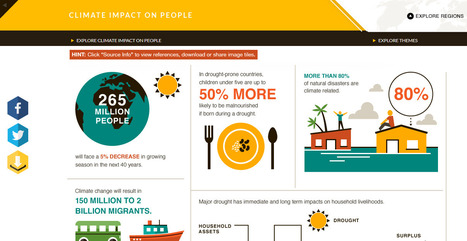
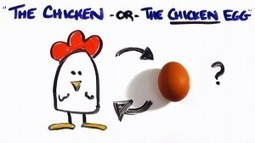

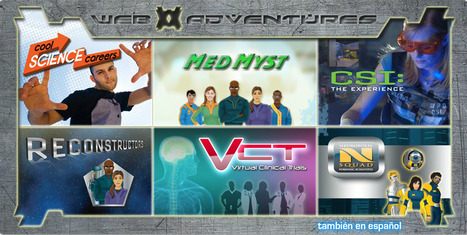
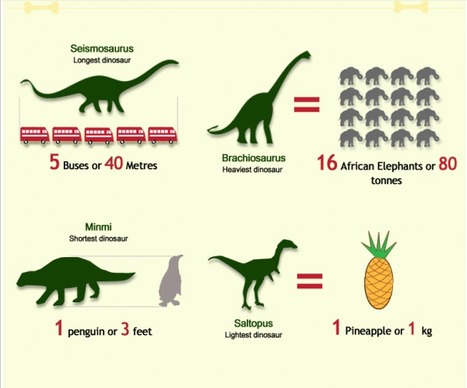

![50 Unbelievable Facts About Earth [Infographic] | Eclectic Technology | Scoop.it](https://img.scoop.it/u46i3Al6fLk6iPDngAs63Tl72eJkfbmt4t8yenImKBVvK0kTmF0xjctABnaLJIm9)
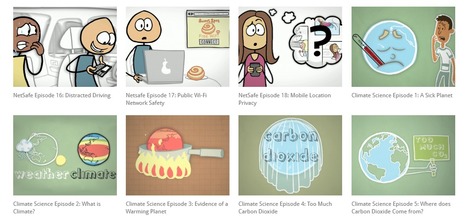


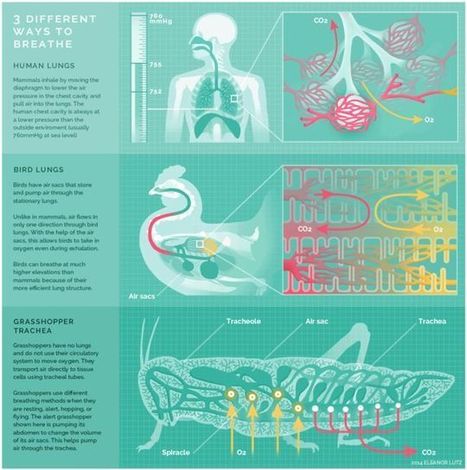






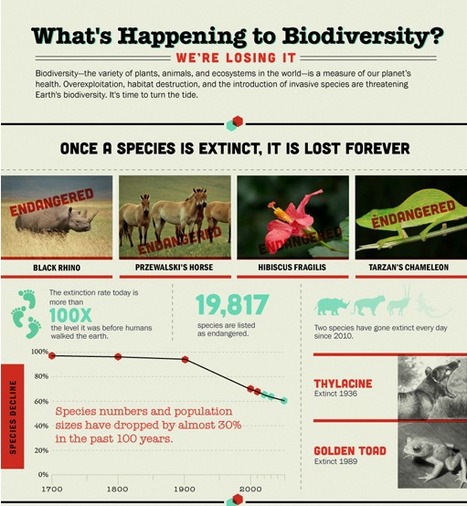





This video may change the way you view the sun. For the last five years NASA's Solar Dynamics Observatory (SDO) has been taking images of the sun and this video provides views that are breath taking. I have shown this video to students from kindergarten through grade 7 and all want to see it again. There are amazing images with music, and very few words. Try to find five minutes in your day to watch this, and chances are you will find yourself forwarding the link to others.
Quoting from NASA "Watch the movie to see giant clouds of solar material hurled out into space, the dance of giant loops hovering in the corona, and huge sunspots growing and shrinking on the sun's surface."